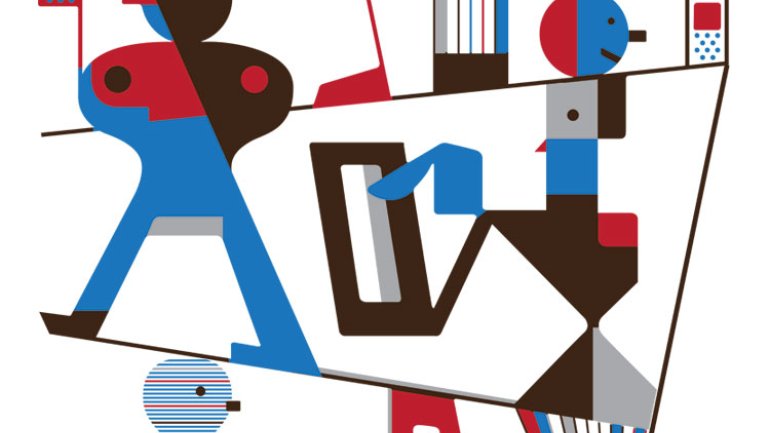When Skill Is Communal
When Skill Is Communal
Q: The Internet has dramatically increased access to information for artists, who can watch the latest YouTube video to learn new skills. Is technique finally cheap? If so, how do we decide what constitutes good work?
A: The Internet has profoundly changed the face of craft, and not only by increasing access to skills. Sourcing raw materials and tools, finding a market, seeking out peer support: These things used to be difficult. Sam Maloof used to say that before he attended the first national craft conference at Asilomar in 1957, he’d never met another furniture maker. He’d been running his shop for 10 years by then.
You simply can’t imagine that kind of splendid isolation today. But does the hyper-networked digital age produce better work? Not always. The Internet has done away with the cult of individualism that long prevailed in craft circles. The United States never had the extensive guild system prevalent in Europe or the dynastic family lineages commonplace in Asia and Africa. Instead, craft here has been strongly associated with rugged independence. Maloof is a perfect example. When customers bought one of his rocking chairs, they were getting more than a comfortable seat or a beautiful design. They were also buying into a symbolic narrative. Toiling for long hours in his lemon grove, he was the living embodiment of the self-made man.
That particular romance has drifted away in the 21st century. The stereotype of the lone artisan producing exquisite work has been replaced by the more convivial image of the knitting circle, the real-world equivalent of an online chat room. Knitters find one another online, and they trade tips and maybe sell their work the same way. Given the possibilities, individual achievement can come to seem less important than the values of community.
But there is another side to the story. Web-based crafters don’t stop at redistributing old skills. They also invent new ones. Sometimes this is a process requiring extensive collaboration. Given enough time, one man can master the subtle art of shaping a table leg freehand on a band saw (definitely not recommended for beginners). But it can take a virtual village to optimize a 3D printer or, for that matter, to re-situate a familiar skill like knitting into unexpectedly politicized terrain.
Call them what you please: digital guilds, hacker collectives, open-source tinkers, craftivists. They are to the present day what Maloof was to the 1950s. And there is just as much excitement – even romance – to be found in connecting online as there is in the solitary studio. Needless to say, though, this requires recalibration of our understanding of craft. In the old days (that is, until a few years ago) the most important skills were those built up over years, through long-established methods. Those skills are still important, of course, and there is no limit to what can be made with them. Indeed, despite frequent cries of alarm, it is less and less likely that such traditional techniques will fall out of use, thanks again to the Internet and its power to broadcast knowledge.
Yet the crafts that will make the most difference to the world, over the next years and decades, probably don’t even exist yet. Craft is often thought of as a repository of old knowledge, but what constitutes “good work” is an ongoing exploration. It always has been, and it always will be.
Got a question? Email [email protected]. Glenn Adamson is head of research at the Victoria and Albert Museum, London, and co-editor of the Journal of Modern Craft.

